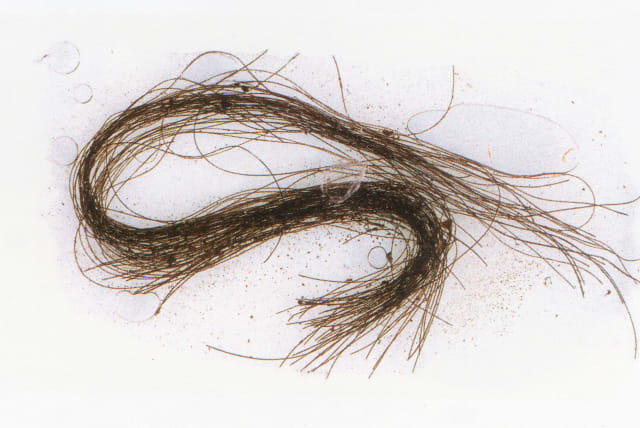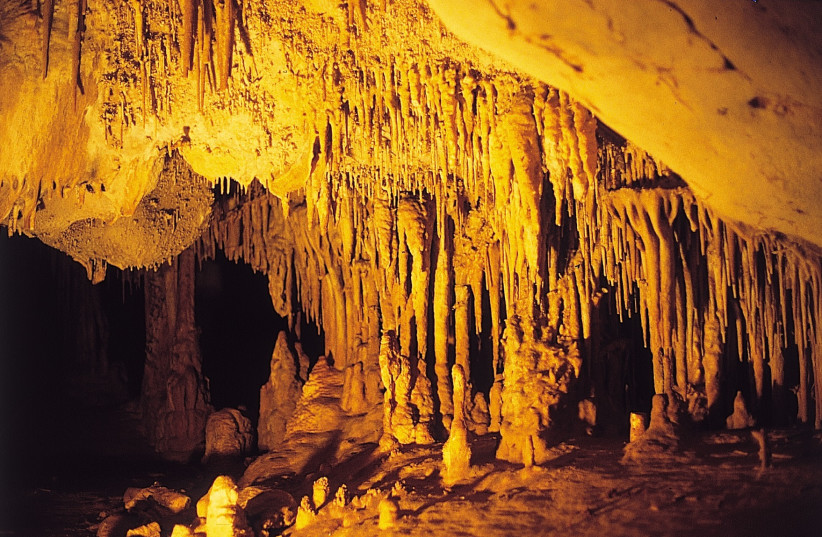Ancient European civilizations used hallucinogenic drugs – study

The researchers found scopolamine, ephedrine and atropine in three samples out of many they analyzed.
Hair strands, found in a burial site in Spain, hinting at the use of hallucinogenic drugs by ancient Europeans, according to a new study.
The peer-reviewed paper published in the journal Scientific Reports details the first direct evidence of drug use in ancient Europe. It is believed the drugs may have been a part of religious ceremonies.
What does the hair tell us?
Researchers took the hair from the Es Càrritx cave in Menorca which contains a chamber used as a funeral space that was used until around 2,800 years ago.
The researchers uncovered some strands of dyed red hair which had been placed in wooden and horn containers, decorated with concentric circles, and removed to a separate sealed chamber further back in the cave. The strands are thought to date back 3000 years.
The researchers used Ultra-High Performance Liquid Chromatography and High Resolution Mass Spectroscopy to test for the alkaloids atropine, scopolamine, and ephedrine.
Atropine and scopolamine are hallucinogenic chemicals found in plants belonging to the nightshade family. Ephedrine is a stimulant derived from shrubs and pines that has a similar effect to Cocaine. It makes users feel alert, excited and energetic.
The researchers found scopolamine, ephedrine and atropine in three samples out of many they analyzed.
The researchers believe that the presence of the alkaloids is due to the consumption of nightshade plants, such as the mandrake, henbane, thorn or the joint pine. The researchers also believe that the consumption of these plants may have been a part of a ritualistic ceremony.
Previous evidence of drug use
Previous evidence of drug use in ancient Europe has not been conclusive. There has been detection of opium alkaloids in Bronze Age containers, remains of drug plants in ritualistic contexts and the appearance of drugs in art. However, there has never been conclusive DNA evidence proving drug use.
Drug use has been relatively proven for some other regions. Residues of opium have been found in pottery vessels excavated at Tel Yehud in central Israel that date back to the 14th century BCE.
Human sacrifices, in Inca society, were intoxicated by ayahuasca to combat the sacrifices' anxiety and depression.
Some experts even theorize that cavemen used to travel deeper into cave systems, where there are low levels of oxygen because the impact was drug-like.
Jerusalem Post Store
`; document.getElementById("linkPremium").innerHTML = cont; var divWithLink = document.getElementById("premium-link"); if (divWithLink !== null && divWithLink !== 'undefined') { divWithLink.style.border = "solid 1px #cb0f3e"; divWithLink.style.textAlign = "center"; divWithLink.style.marginBottom = "15px"; divWithLink.style.marginTop = "15px"; divWithLink.style.width = "100%"; divWithLink.style.backgroundColor = "#122952"; divWithLink.style.color = "#ffffff"; divWithLink.style.lineHeight = "1.5"; } } (function (v, i) { });

